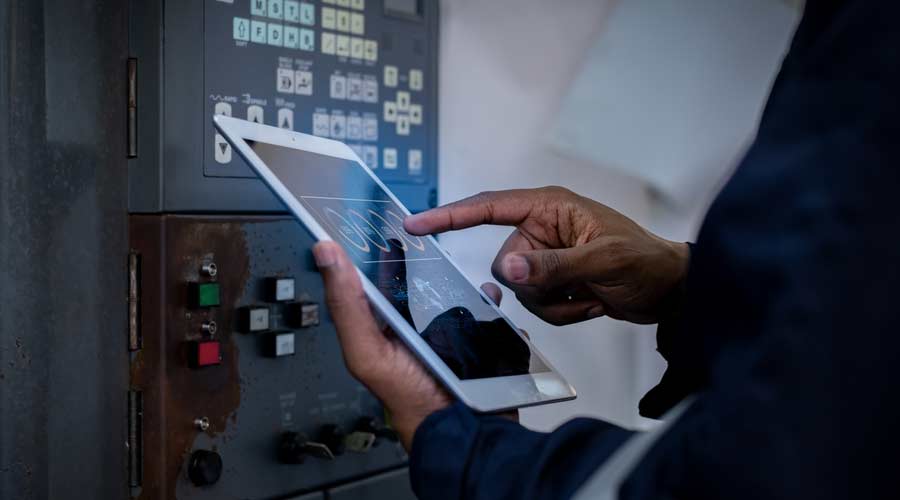Prognostics Data Tails Behind Other Fault Detection Tools
Prognostics Data. While fault detection and diagnostics tools seem inherently capable of providing prognostic data — that is, it can analyze fault conditions or degradation faults and predict when a component will fail or not be able to perform correctly — very little has been developed in this area. In addition, prognostic data would allow for more proactive, condition-based maintenance, which would be a different approach for facility management organizations that are reactive and corrective.
Lack of Applications for Emerging and Other Systems. Fault detection and diagnostics applications are primarily HVAC-focused. There is an opportunity for the industry to take the rules-based approach to other systems, such as solar, wind, geothermal, or power management.
Applications in the Cloud. Many companies offering fault detection and diagnostics software will provide the application on the client site, but have an option to provide the application as "software as a service" (SaaS) or in "the cloud." Essentially the vendor hosts the application, and the facility manager accesses the application through a normal Web browser. This can be an issue with many corporate IT departments because of the need to pierce the IT firewalls and security to get to BAS data the application needs.
Alternative Ways to Deploy Capability. Fault detection and diagnostics is simply a software application. At some point in the future, control and equipment manufacturers will integrate fault detection and diagnostics software routines into their controllers.
It's a challenge to keep a significant, energy-consuming system such as HVAC running at optimal performance. Many times failures or sub-optimal performance go unnoticed for long periods of time. Case studies from companies selling fault detection and diagnostics software services can show energy savings in the 10 percent to 15 percent range; the tools are said to have the capability to correctly identify faults and spell out the primary response 95 percent of the time.
Software based on fault detection and diagnostics is really a new class of tool for facility managers, providing them nearly real-time analysis and diagnostics of their HVAC systems and adding some "smarts" to a smart building. It's not difficult to imagine similar tools for other building systems, with the potential for enhanced intelligence built into tools for facility management.
Jim Sinopoli, PE, RCDD, LEED AP, is managing principal of Smart Buildings LLC. He can be reached at jsinopoli@smart-buildings.com.
Related Topics:














